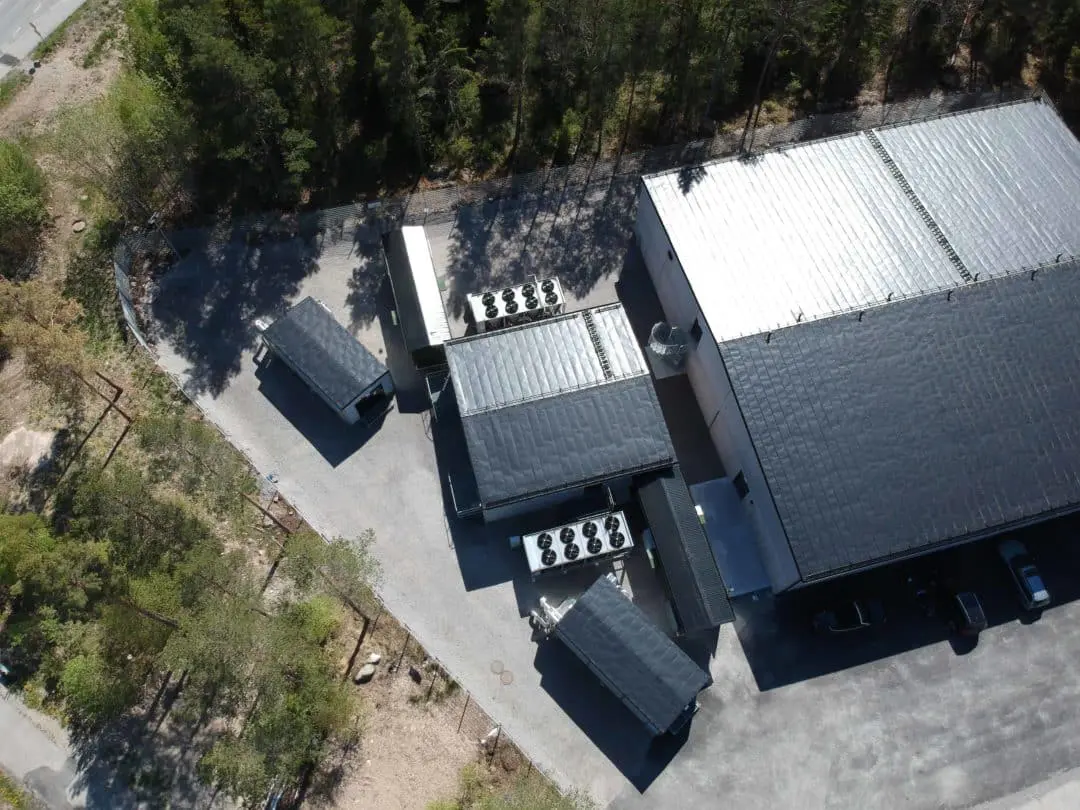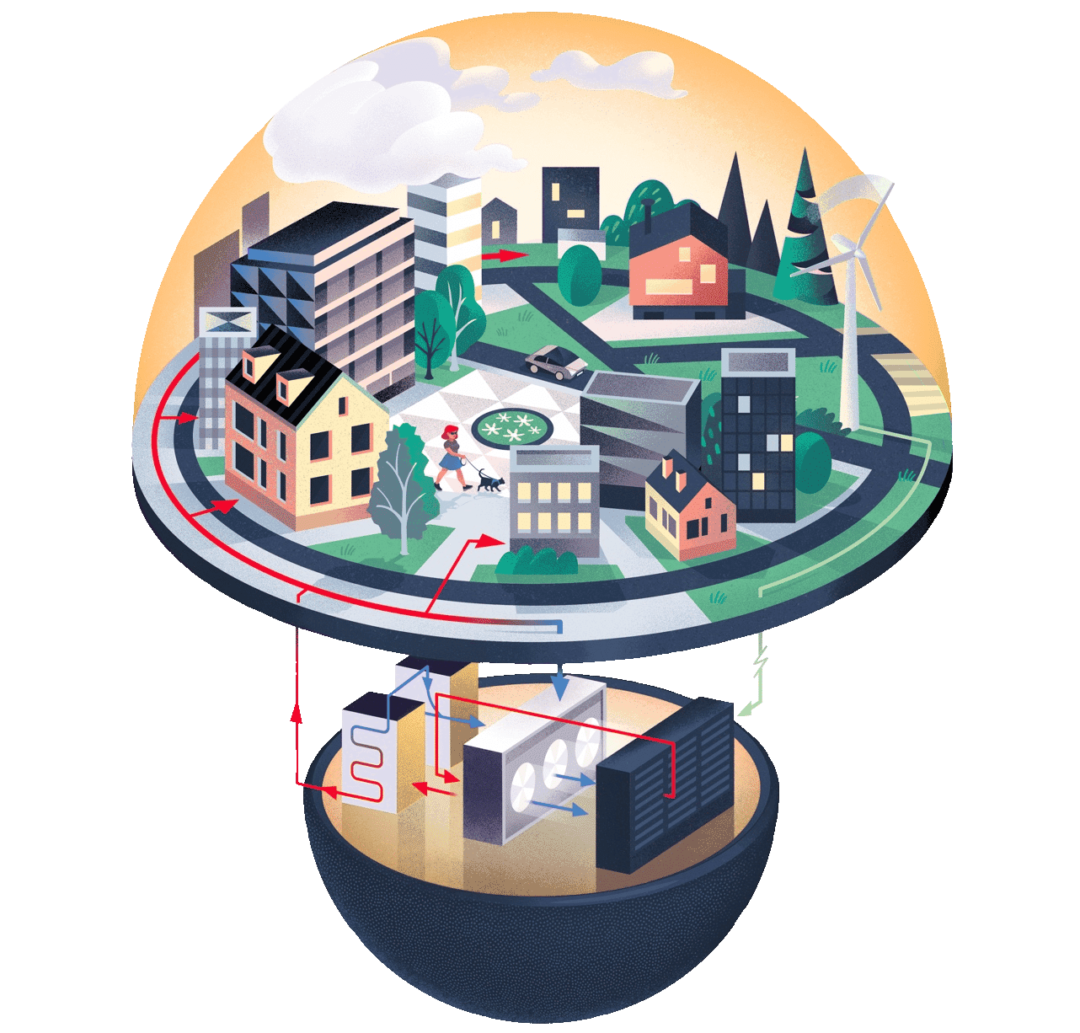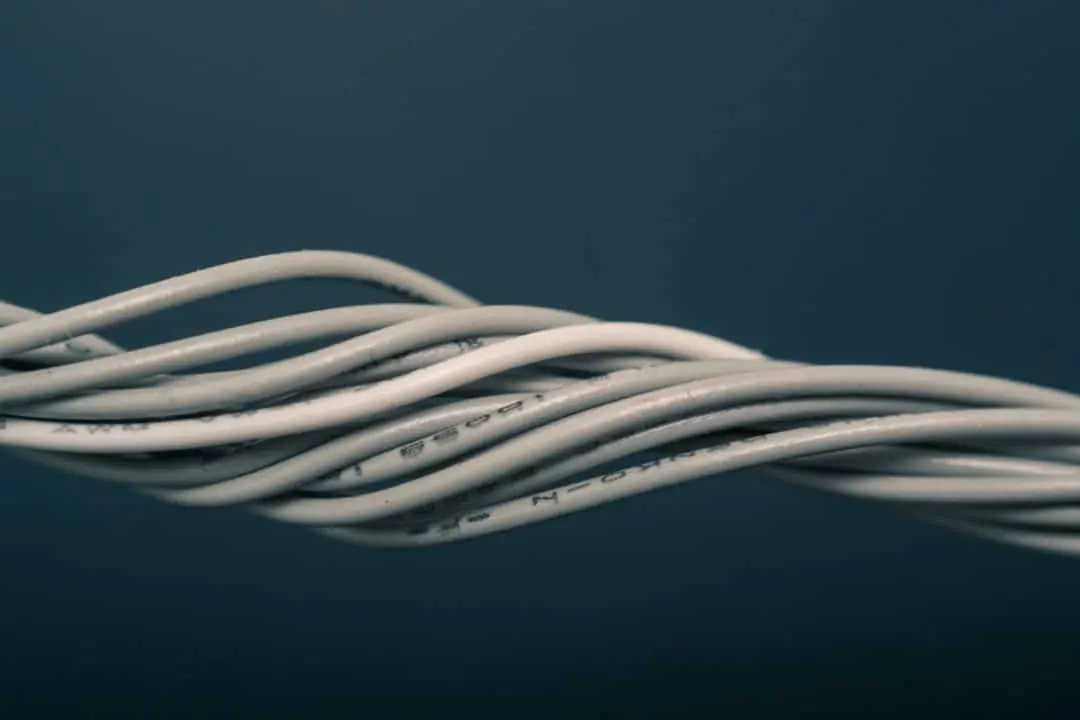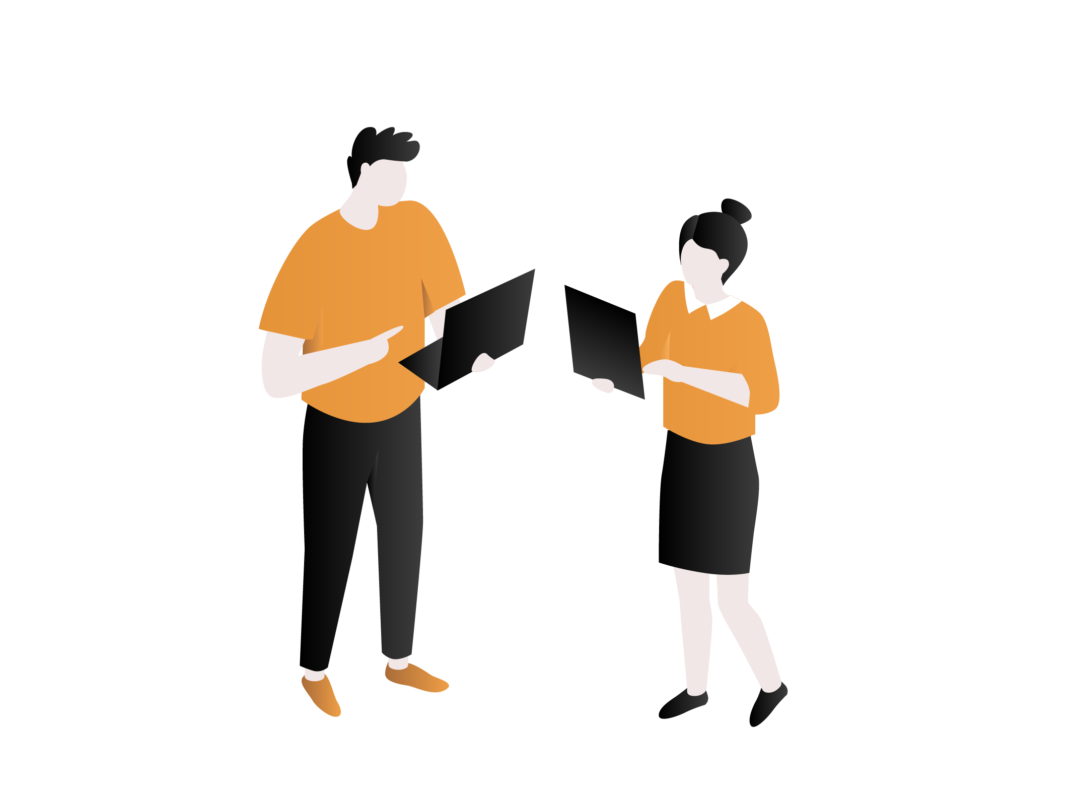Geen data center
Data centres are, without exaggeration, very energy-intensive facilities, and if they are operated incorrectly, they quickly become environmental hazards. At Binero, we have a well-developed environmental strategy with energy-efficient data centres that do not compromise on performance.
Our data centre uses renewable energy and generates reusable heat for residents. Binero STO1 was the first data centre in the world to receive Fossil Free Data Centre certification.
We are proud to be leading the way for a new generation of super-green data centres.


Why is Bineros' data centre better for the environment?
We have a well-developed environmental strategy where our data centres are very energy efficient, but without ever compromising on performance. Bineros' own data centre in Vallentuna uses renewable energy and generates reusable heat for the residents of the municipality.
Our own data centre, STO1, is located in Vallentuna and is quite simply one of the world's most environmentally friendly data centres, with a strong focus on energy recovery, low-power technology and cooling solutions – without compromising on performance, power supply or security.
In addition to our own data centre, we also rent space in a number of carefully selected, high-performance facilities around Sweden.
Some of the services in our data centre
Energy & Cooling Supply
All parts of the energy and cooling infrastructure are redundant according to level A+B. This means that STO1 has two separate energy supply systems and two separate cooling supply systems, each of which is redundant – both systems are designed to individually handle the entire load.
In concrete terms, the solution means that energy circuit A consists of mains power from a regional grid, a redundantly designed modular UPS and a diesel generator. Energy circuit B is identical but draws its power from a different regional grid. High-voltage to low-voltage transformation is carried out locally on the property, enabling incredible power resources, something that is not common in the Stockholm area.
The cooling systems are also redundantly designed, with cooling circuit A taking its primary coolant from heat pumps connected to the district heating network and its secondary coolant from free cooling units located on the property. Cooling circuit B is identically designed but with completely separate equipment.
Both the energy and cooling circuits can be switched over for temporary operation on only one circuit's supply, to enable maintenance without taking down a circuit. All racks are redundantly connected with energy from both circuits. The cooling system is designed to completely avoid so-called ‘hot spots’, which means that we distribute an even temperature across the entire surface – without any water pipes in the IT rooms (which is very unusual and a requirement for achieving the highest classification).


Connectivity
STO1 is connected via fibre from Skanova, Sweden's largest fibre provider. The fibre trunks come from two different directions into the site's two MMRs (Meet Me Rooms).
For customers who purchase Internet capacity from us, we provide a redundant connection connected to four providers: Telia International Carrier, Telenor, Level 3 and Cogent, naturally separated via fibre that runs along different routes both internally and externally. This gives us extremely good digital routes both in Sweden and internationally. We guarantee that we always have at least 80% available excess capacity on our connections. The aim is to be able to handle a DDoS attack with minimal impact.
All internal cabling in the data centre consists of pre-terminated, welded OS2-rated single-mode fibre (to minimise attenuation) and CAT 6A Ethernet, which handles up to 10 Gbps. The racks are connected from both MMRs. Connections from us (and also from external parties, if possible) are provided redundantly.
AI-ready infrastructure
All racks are 600 mm wide and 47 height units (approx. 2200 mm) high. The racks are equipped with electronic locks, which means that the same electronic key (known as a ‘tag’) that grants access to the premises also grants access to the racks.
PDUs for power distribution are included in the racks, with a total of forty C13 sockets and three C19 sockets per side (A+B). The PDUs are mounted vertically and do not take up any space in the rack. They are also secured locally so that each PDU has six different groups of 16 amps. This means that a faulty piece of equipment can knock out a maximum of 1/6 of one PDU (e.g. in the event of a short circuit). In addition, anyone with access to the rack can reactivate a fuse that has tripped (which normally requires access to centrally located equipment).
In terms of capacity, each rack has two 32 amp power supplies. This means that the maximum power that can be loaded into a rack is 22 kW with full A+B redundancy or 44 kW with standard N+1 redundancy (diesel and UPS).
Cabling between racks is provided entirely according to your requirements or our standard. All networks (both fibre and copper) are measured according to the strictest standards and logged to ensure that cabling is never a source of error.
Want to know more?
We are driven by helping our customers achieve greater innovation and cost-effective IT. Would you also like to take advantage of the latest in high-performance cloud services?

User-oriented
STO1 is designed with operating personnel in mind. The noise level in the IT rooms is significantly lower than in a normal computer hall, as the cooling system fans operate at a much lower speed. This contributes to a more pleasant working environment. Users can also book a temporary workspace directly adjacent to the hall with a patch connection directly to a given rack, as well as space for temporary or permanent storage of materials on site in the hall.
If you prefer not to be on site at all, we can also offer remote hands and remote eyes, even outside normal working hours. Our support organisation provides quick responses and our Network Operations Centre can solve problems 24/7 if necessary. We can also receive materials on site and store them securely until they are needed.
Of course, our customers have access to STO1 themselves, around the clock. The alarm system is designed to be easy to understand without compromising security. Users are given access to an electronic key (known as a ‘tag’) and a code. These give access to the correct zone and also the correct rack (requires a full rack).
Sustainability
All solutions are developed with the environment in mind. The equipment in a data centre is constantly running, and the energy used is converted into heat, which in turn must be cooled. Normally, the cooling process consumes a lot of energy in addition to the cost of running the equipment. The PUE (Power Usage Effectiveness) metric is used to measure how efficient this process is. A PUE figure of 2 means that the same amount of energy is used to cool the equipment as to run it (1+1), while a PUE figure of 1.5 means that half as much energy is used to cool the equipment as to run it (1+0.5).
Our intention is to keep our PUE figure below 1.1 (around 1.05), which is extremely efficient. To further minimise our environmental impact, we also recycle all surplus heat into the district heating network. This energy would otherwise have to be produced elsewhere, and when this is taken into account, we are close to being climate neutral. It is interesting to note that we generate 30% more heat than the cooling required. This means that for every watt we cool the equipment in the hall, we generate 1.3 watts of heat that is dissipated and benefits the residents of the municipality.
The lighting in the hall is 100% LED-based, which consumes very little energy. This is important because the lights must always be on for safety reasons. We have solar cells on the roofs that help us produce our own energy. All the energy we obtain from the regional grid is ultimately eco-labelled, e.g. from wind power.

Safety
The entire property is surrounded by an electrified fence connected to an alarm centre. The buildings are made of concrete and all doors are security class 4, making it very difficult for unauthorised persons to gain access to the property by mechanical means. The area is patrolled by security guards at random times around the clock, every day of the year.
The alarm system's perimeter protection is only deactivated when a door is opened – the door can then only remain open for a certain amount of time, after which the perimeter protection is reactivated (or the alarm is triggered). In addition to open doors (walls have no windows), the perimeter protection also measures seismic activity (e.g. drilling). The security system knows when – and who – is in the premises and in different security zones (down to rack level), ensuring that no unauthorised persons can access sensitive functions (or information). When no authorised persons are in the buildings, the volume protection is activated automatically. All areas are monitored by surveillance cameras. Any alarms are sent to the police, security company and our staff.
STO1 has the best possible fire protection in the form of Novec gas and aspirating detectors that detect the slightest sign of fire in all areas and extinguish it by lowering the oxygen level (without posing a danger to people in the premises). The fire alarm automatically alerts the fire brigade.
Location
To guarantee operational reliability, cost efficiency and future growth throughout the data centre's lifetime, we have taken a large number of parameters into account when selecting the site location.
The basic requirements are access to sufficient energy and proximity to fibre in several directions. To meet our sustainability goals, the site must be close to district heating for recycling surplus energy. From a safety and usability perspective, it is better to construct a new building than to rent space in an existing one. In addition, ample space is required to avoid constructing multiple floors (which would require water drainage in the roof). STO1 meets our high standards in all respects.

Contact us
"*" indicates required fields